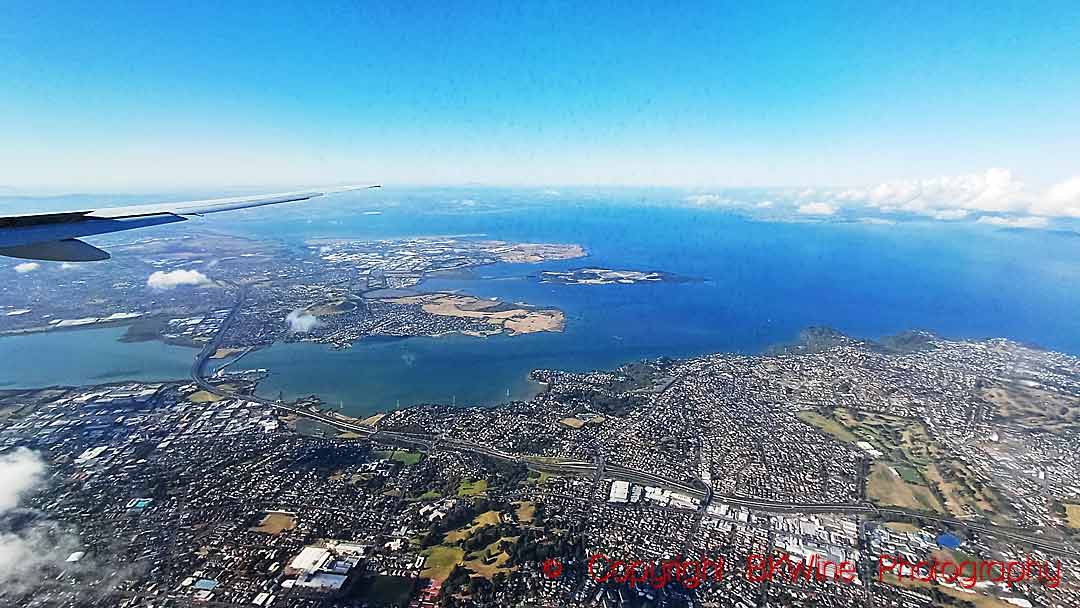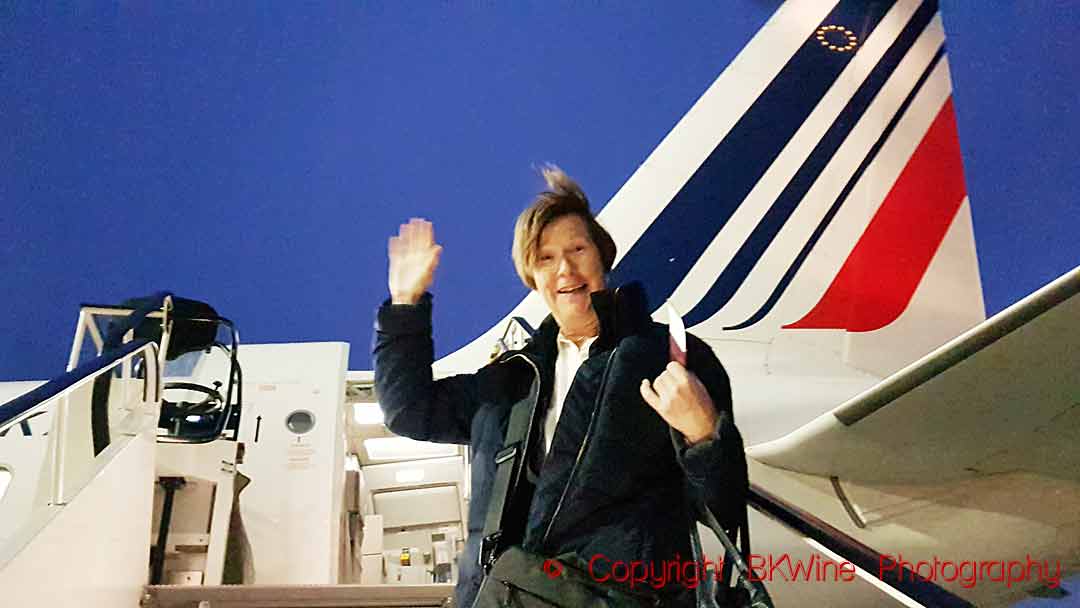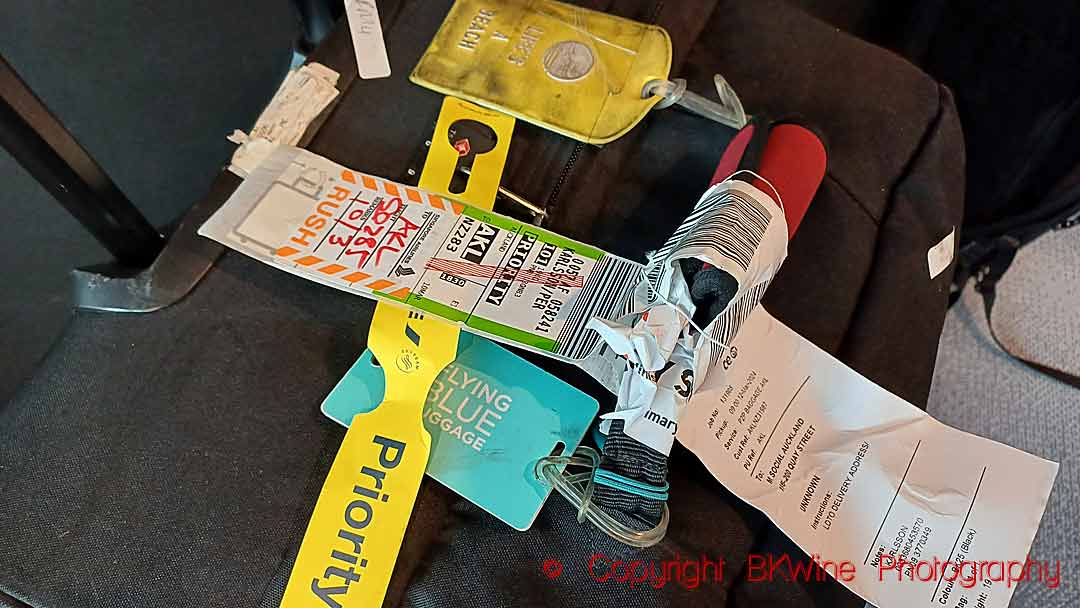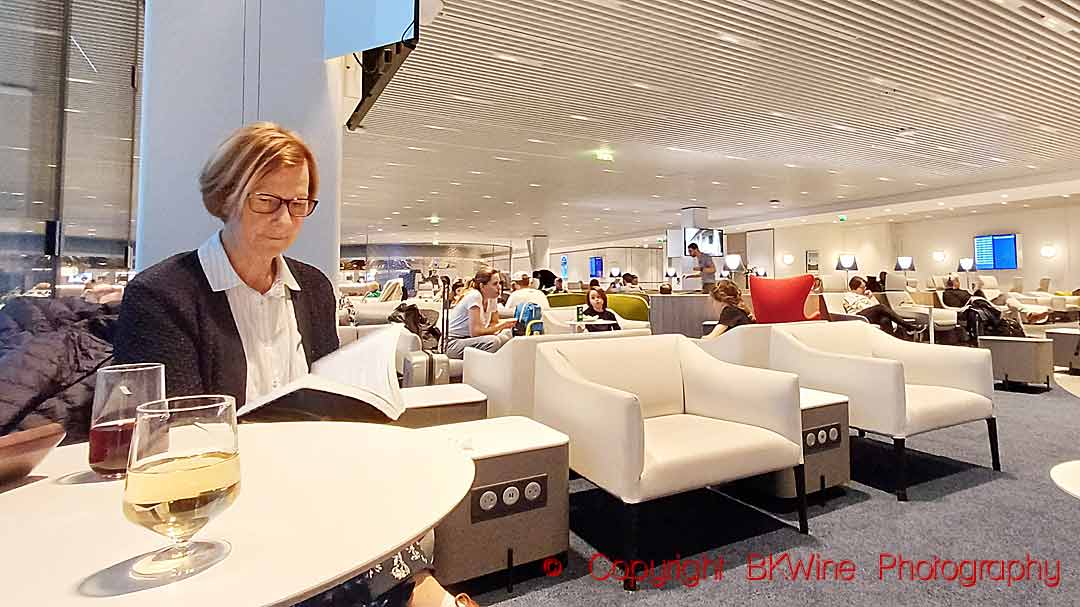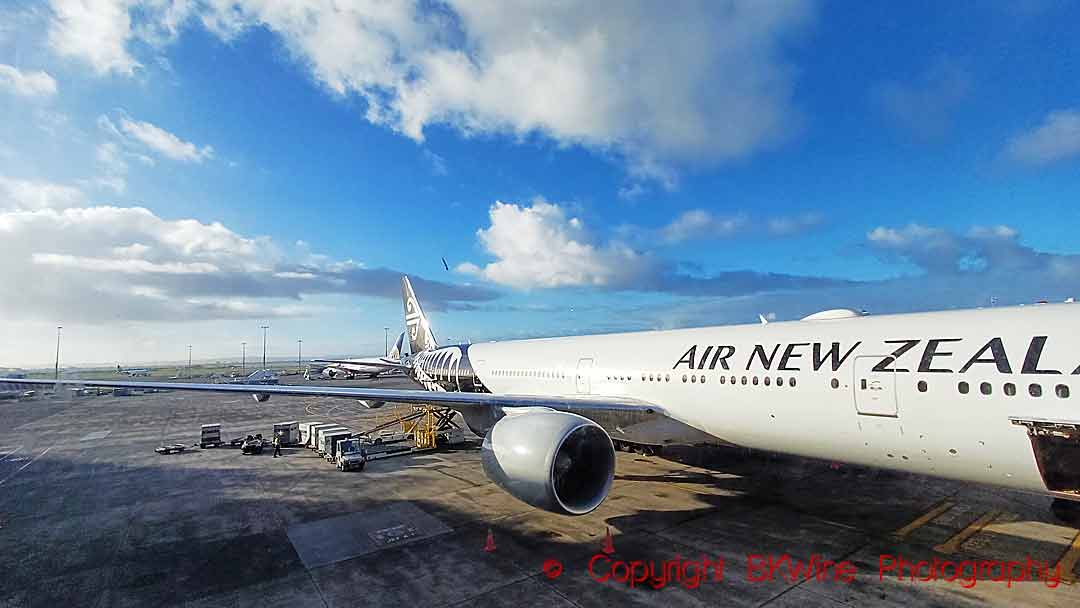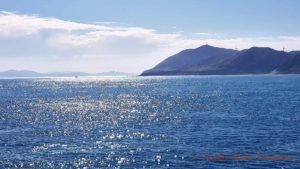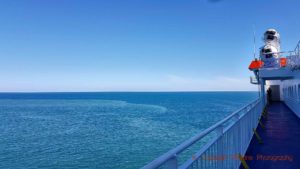For most people, New Zealand is far away. Even to the closes country, Australia, the flight time is three and a half hours, so from anywhere else it can be a long journey. But it is a trip that is well worth doing to discover this wonderful and beautiful country. Here are some tips and hints on how to travel from Europe to New Zealand or from the USA to New Zealand. But remember, flight routes and flight times change all the time, so always check online or with a trusted travel agent.
There is a multitude of options to fly to New Zealand. They receive over three million foreign visitors each year so it is not surprising. For a country of just over five million inhabitants, that is a lot of visitors.
There are no direct flights from Europe to New Zealand. But there are many options on where to transit: Singapore, Hong Kong, Doha etc.
There are several direct options to the USA: Los Angeles, San Francisco, New York and maybe others.
Where in New Zealand?
Most international flights arrive/leave Auckland, the starting point of our New Zealand wine tour. But there are some international flights also from Queenstown – the end of our New Zealand wine tour – as well as Christchurch and Wellington, the capital. This can be worth exploring.
Flying from Europe to New Zealand
Only a few airlines give you the choice to fly all the way to New Zealand with one stop using the same airline, and some who do will give you a particularly long travel time (e.g. in China or Korea). In most cases you will need to fly with two different airlines.
It also, of course, depends on your starting airport. Going from Arlanda in Sweden (or any other city that is not a major hub) will give you an extra stop to bring you to one of the main airports in Europe. Look for connection in, for instance, Paris, Amsterdam, London or Frankfurt.
There are many options where to make a stopover to change flights. For example, Singapore, Hong Kong, Shanghai, Doha, Los Angeles, San Francisco, Dubai, Guangzhou, Sydney, Bangkok and maybe others. Do a thorough search online or contact an experienced travel agent.
One thing to consider is the transit regulations in the place where you stop-over. For example, in the USA I believe that you are obliged to pass through immigration even if you are only transiting and never leaving the airport. That will take extra time and may be something you don’t want to subject yourself to. Other countries may have the same principles. In yet other countries this may not be necessary. If you transit in Singapore, for example, you do not need to pass immigration; you just go from gate to gate.
Total flying time from Europe will probably be around or more than 24 hours. On top of that you have the time in the transit airport. Try not to make the transit time too short. It can be stressful and delays happen.
Another consideration when you buy your ticket, single ticket purchase or separate purchases. It may be tempting to buy two separate tickets since you’re likely to be flying with two different airlines. It may save you a bit of money compared to buying the ticket from one airline. Example: your first leg can be travelling from Paris to Singapore with Air France and the second leg from Singapore to New Zealand with Air New Zealand. You can buy the first ticket from Air France and the second one from Air New Zealand. That might come cheaper than buying a combined ticket for the full journey from, say, Air France (Air France selles a combined ticket with the first leg with AF and the second leg with Air NZ). But what happens if the first flight (PAR to SGP) is delayed so that you miss the second flight (SGP to NZ)? If you have bought two separate tickets, they you may be in big trouble for your second flight. If you have bought a combined ticket, then the airline you bought it from will need to sort it out if you are delayed. The same thing may be the case with delayed luggage.
Why not take a few extra days en route
It can be an excellent opportunity to explore the stopover city for a few days. We have made a few days’ stop in Hong Kong and in Singapore when going to/from New Zealand. That’s a great occasion to perhaps visit some friends who live there or to just explore the stopover city. Just remember that you will have to pass immigration and customs if you stay over.
Transiting in Singapore-Changi Airport
The route we mostly take to New Zealand is over Singapore, flying Air France from Paris and New Zealand Air or Singapore Airlines on the second leg (and vice versa on the return). The Changi airport in Singapore is very big but also very efficient, but it can be a challenge with a short transfer time. Arriving with Air France takes you to Terminal 1 and New Zealand Air leaves from Terminal 3, at the other end of the airport. When we recently did that, our Air France flight was 30 minutes late so we had only one hour to the next flight. We managed to catch the flight, just barely, running like crazy, but our bags did not. They arrived one day late in Auckland. At the Singapore Changi airport you should definitely take the shuttle trains between the terminals (two between the far end of T3 and T1). It saves you a lot of time.
The Changi Airport is also like an enormous shopping mall so if you want to spend your last dollars or euros it is easily arranged.
If you have enough time, it can be worth while visit a lounge to have a shower between the two flights. If you don’t have access thanks to air-miles, flight status, card membership or other, it may be that you can buy access to a lounge.
Getting to New Zealand from the USA
It is much easier (and a bit shorter) to get to New Zealand from the USA. There are several different options for direct flights with, for example, Air New Zealand (Los Angeles, San Francisco, Houston, Chicago, Honolulu), United Airlines (SF, LA), American Airlines (LA, Dallas/Fort Worth), Delta (LA), Quantas (New York).
IMPORTANT: Flight availabilities as well as possible routes may change at any time.
Leaving New Zealand
The Auckland airport is quite small compared to major airports in Europe and the USA. Nevertheless, it is important to respect the required times for checking-in and bag-drop.
The Queenstown airport is very small.
VERY IMPORTANT when you arrive
New Zealand have very strict regulations for bio-hazards.
This concerns things like food that you may bring in, plant material, wood products, seeds, etc. But it also concerns boots, camping equipment and other things that you may have used in the great outdoors.
Reed the regulations carefully. They enforce them very strictly and they will fine you if you violate them. For example, if you have an apple to munch on in your carry-on and forget it, it may cost you dearly.
If you have any doubts, just ask the customs officers when you arrive. They are very helpful.
Also important: entry formalities
You may need a visa (depending on your nationality) to enter New Zealand but many nationalities don’t.
Instead of a visa you may need a New Zealand Electronic Travel Authority, a so-called NZeTA.
You also need to do a travel declaration that can be on paper but is better done on-line in advance with an online New Zealand Traveller Declaration.
Note: the formalities may change. Always check for the latest information!
Come to New Zealand
So, now when we have sorted all that, there is nothing that should stop you from coming to this exciting wine country New Zealand.
Travel: Come on a wine tour to New Zealand with BKWine.
We say Kia Ora to Aotearoa! (Welcome to New Zealand.)

